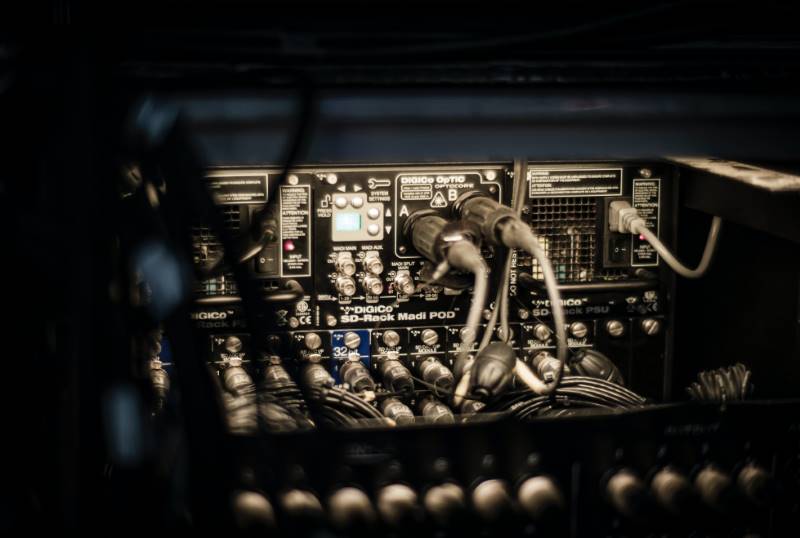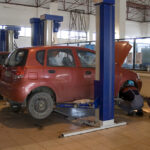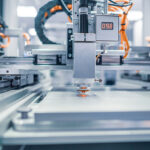The significance of creating prototypes during the manufacturing process cannot be overemphasized. Prototype development is an essential step in the journey of bringing a new product to market.
The process involves creating a physical representation of a design concept, testing it and making necessary modifications to the design, before mass production begins.
This crucial step helps to identify any potential issues with the product, reducing the risk of costly mistakes and ensuring the end product meets customer expectations.
There are various methods of prototyping, each with its advantages and disadvantages. For example, rapid prototyping using 3D printing technology is a fast and cost-effective way of producing a physical model, while CNC machining is ideal for creating prototypes that closely resemble the final product.
The use of sheet metal fabrication techniques can also be effective for creating prototypes for certain products, such as automotive components.
The process of prototype development helps manufacturers to identify and resolve any design or manufacturing problems early on in the process. This not only saves time and resources, but also improves the overall quality of the final product. By testing prototypes, manufacturers can verify that the product meets design specifications, and can identify areas for improvement.
In conclusion, prototype development is a critical aspect of the manufacturing process. It helps to refine the design, validate product specifications, and ensure that the final product meets customer expectations. Whether using 3D printing, CNC machining or sheet metal fabrication, manufacturers should prioritize the creation of prototypes to ensure that the product they bring to market is of the highest quality.






